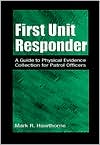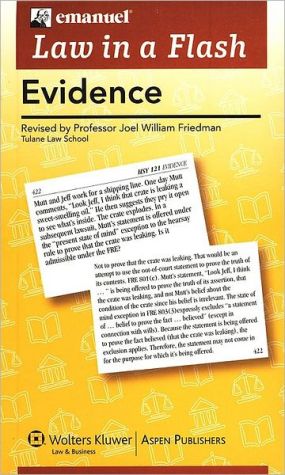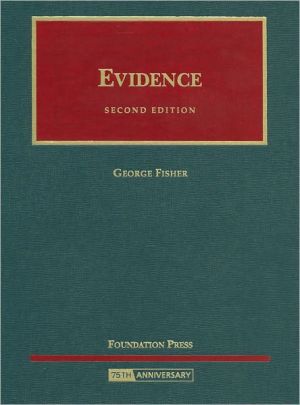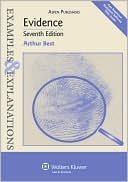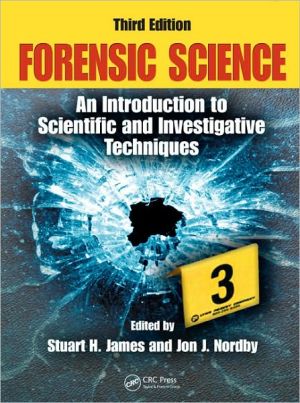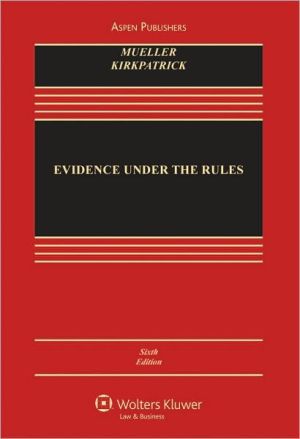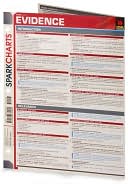First Unit Responder: A Guide to Physical Evidence Collection for Patrol Officers
"Physical evidence cannot be wrong; it cannot perjure itself; it cannot be wholly absent. Only its interpretation can err. Only human failure to find it, study and understand it, can diminish its value."\ -Presiding Judge, Harris v U.S., 331 U.S. 145 (1947)\ HOW TO MAINTAIN THE INTEGRITY OF THE CRIME SCENE WHILE CONDUCTING AN INVESTIGATION\ First Unit Responder: A Guide to Physical Evidence Collection for Patrol Officers is a training guide and reference for patrol officers and criminal...
Search in google:
"Physical evidence cannot be wrong; it cannot perjure itself; it cannot be wholly absent. Only its interpretation can err. Only human failure to find it, study and understand it, can diminish its value."-Presiding Judge, Harris v U.S., 331 U.S. 145 (1947) HOW TO MAINTAIN THE INTEGRITY OF THE CRIME SCENE WHILE CONDUCTING AN INVESTIGATIONFirst Unit Responder: A Guide to Physical Evidence Collection for Patrol Officers is a training guide and reference for patrol officers and criminal investigators, who conduct preliminary investigations of crime scenes, to aid in identification, collection, and booking of physical evidence. Written by a veteran of 24 years of law enforcement, the book stresses the importance of understanding the critical nature of physical evidence and preservation of the crime scene as part of the case against a criminal defendant. This book is an important tool for police academies that train recruits and veteran patrol officers, as well as for students of criminal justice who seek guidelines for proper collection and handling of physical evidence. Booknews A training manual for patrol officers and criminal investigators who conduct preliminary investigations of crime scenes. Explains how to identify, collect, and book physical evidence, stressing its importance as part of the case against a defendant. Includes questions with answers. Annotation c. by Book News, Inc., Portland, Or.
Role of the First Unit Responder Defining Physical Evidence Importance of Physical Evidence Characteristics of Evidence Review Test Questions and Answers The First Unit Responder and the Crime Scene"The Process" of Acronym "ARISN" When Handling a Crime Scene Maintaining the Integrity of the Scene Major/Non-Major Scenes Defined Indoor/Outdoor Scenes Death Case Observations Review Test Questions and Answers Identifying and Documenting the Evidence Categories and Types of Evidence Uses of Physical Evidence Chain of Custody Documenting the Evidence Photographs Sketches Collecting the Evidence Most Commonly Encountered Evidence and Packaging Clothing, Hair, Fibers Firearms Bullets and Cartridge Casings Gunshot Residue Other Weapons Questioned Documents Money Jewelry Chemical Evidence Suspected Drugs/Narcotics Miscellaneous Items Latent Fingerprints - A.F.I.S.Blood Vehicles Review Test Questions and Answers Fingerprints and the Crime Victim Interaction Categories of Fingerprints Latent Known Plastic Patent Identifiable vs. Usable Latents A.F.I.S. Quality Latents Determining Likelihood of the Presence of Latents Hand Covering during the Crime Point of Entry (POE)Latent Fingerprint Collection Latent Fingerprint Development Techniques Review Test Questions and Answers Case Preparation/Courtroom Testimony Case Review by Officer Direct Examination A.D.A. Conference Rules of Discovery Court Attire Stages of Court Appearance Introduction Body/Introduction of Evidence DIrect/Cross Examination Closing/Rebuttal Follow-Up by Officer
\ BooknewsA training manual for patrol officers and criminal investigators who conduct preliminary investigations of crime scenes. Explains how to identify, collect, and book physical evidence, stressing its importance as part of the case against a defendant. Includes questions with answers. Annotation c. by Book News, Inc., Portland, Or.\ \
